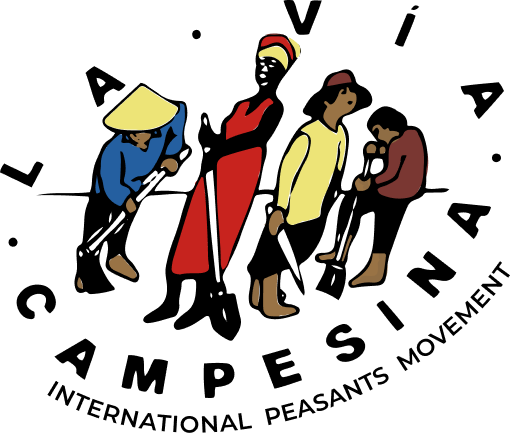1 – INTRODUCTION .
Haiti has just experienced the worst disaster of its history on January 12, 2010. More than fifty percent of the city of Puerto-Principe has been destroyed. It has been officially reported (by the President Preval) that there have been 300,000 deaths, 250, 000 injured and 1.2 million homeless.
The earthquake also hit other areas of the country. More than eighty percent of the city of Leogane has been destroyed, more than 60% of Jacmel. Other municipalities were hit hard: Kenskoff, Croix des Bouquets, Archahaie, Gressier in the West.
Apart from Jacmel, in the South East, municipalities like Marigot, Cayes- Jacmel, Lavallée de Jacmel, Bainet have also suffered consequences.
In the Central Plateau (center of the country, the base of MPP) many communal areas lost many houses but there were no deaths on its land.
2 – PROBLEMS IN THE PEASANTRY.
Ninety percent of peasant families have sons, daughters, sisters, brothers, aunts, uncles, nephews, and nieces in Puerto Principe the capital where more than 2 million people live. Puerto Principe is a city for 250,000 inhabitants. There is no respect for urban regulations. The capital was transformed into a large popular neighborhood. That is why so many people died.
Of the people in Puerto Principe many come from the peasantry. Many young people died in the private universities. In MPP there are at least 5 students dead, many injured. This situation has provoked general panic throughout the country. That is why this is a national tragedy.
After the earthquake, around 700,000 people have left Puerto Principe and have moved to the cities of the provinces and the rural areas.
The misery in the peasantry, the lack of or total absence of basic services like schools, health centers, drinking water is pushing the people, especially the young people to leave the rural area towards the cities, the Dominican Republic and other destinations.
The peasants are poorer everyday because the peasantry is called OUTSIDE COUNTRY. The rural area has become hell. If it’s not droughts, its floods. The environmental situation is horrible with less than 2% of forests in a country with more than 75% mountains. The peasantry only produces 40% of the food the country needs.
After the earthquake, around 700,000 people left Puerto Principe to move to the cities of the provinces and the rural country. MPP took a census of 2 communal areas of the central Plateau and found more than 10,000 people that lived in 1500 families that already had 8,000 people.
Today, we can speak in terms of an invasion of the inhabitants of Puerto Principe to the peasantry. This is an urban exodus towards the rural areas. The families receive the people who arrive with hospitality, which characterizes the Haitian peasant families. But, this quickly increases hunger in the peasantry.
Many seeds are used as food. We have seen families receive 15 earthquake refugees in their houses. The families do not have seeds to plant.
To confront this situation, the coordination of LVC Haiti has decided to use the solidarity funds of LVC international to buy maize, frijol and legume seeds to be planted this rainy season which started in the month of March.
3 – HOW THE MONEY WILL BE SHARED AND USED?
The money we received will be divided by 3. Each member organization of LVC will receive a third to buy native seeds in the regions.
The measure used in the rural areas is called Marmite. Its contents are of 3 kilos. One kilo of frijol costs more or less $2.00. A kilo of maize costs more or less $1.00.
The families who are victims of the earthquake selected to benefit from the seeds will receive 6 kilos of frijol and 9 kilos of maize. They may or may not be members of LVC.
The member organizations of LVC are:
MPP (Peasant Movement of Papaye)
MPNKP (Peasant Movement of the Papaye Congress)
TK ( Tèt Kole ti Peyizan = Heads together of small-scale peasants)
